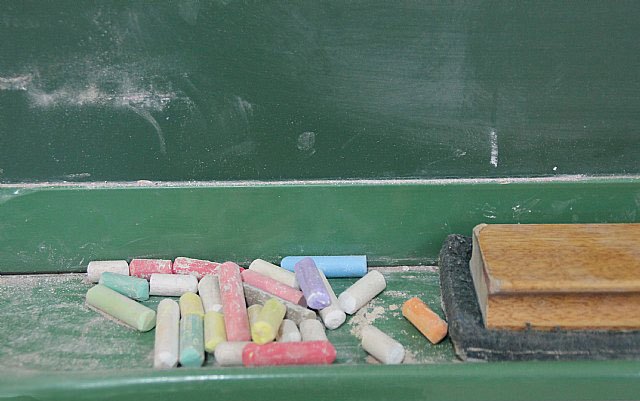| It will last for the first two weeks of the course for 3-year-old students and during the first week of class for the rest of the students | The students will get used to the hygienic routines and the new living conditions in the center and will receive emotional training and study techniques.The centers may adhere, voluntarily and after consulting the faculty and the School Board, to the blended modality in the Bachillerato and FP stages.The Ministry of Education and Culture introduces for the next academic year 2020/21 a period of progressive incorporation into classrooms, similar to what has been traditional in Early Childhood Education.
In this way, students from all stages of Infant, Primary, ESO, Baccalaureate and Vocational Training (FP) will have time to adapt to the classroom.During this period, which will last for the first two weeks of the course for the 3-year-old students and during the first week of class for the rest, the students will get used to the hygienic routines and the new living conditions in the center and will receive training of emotional cut and study techniques.This is reflected in the 'Instructions for the start of the course' that have been published today, which establishes each year the organizational framework in which the school year will take place.The new progressive adaptation measure will be developed during the first week of the course, according to an established plan, in which the students of 4 and 5 years will alternate their attendance at the center, half of the students and the other two attending two days a week.
days the other half and all the students congregate on Fridays. In the same way, it will proceed both in Primary, dividing the students between the first section (from 1st to 3rd) and the second (from 4th to 6th), and in Secondary Education, dividing the students into two blocks that will cover 1st and 2nd, on the one hand, and 3rd and 4th, on the other.The 3-year-old students will carry out their adaptation during the first two weeks of the course.
This phase will be structured according to the criteria that each center establishes based on its characteristics, under the premise that the second week must be carried out in person for at least 50 percent of the students.Voluntary semi-attendanceThe instructions have been the result of dialogue with the educational community, especially with families and management teams, and include the provisions of the guide drawn up by the mixed commission on Health and Education, as well as a series of new features.
Along with the adaptation period, another novelty is semi-attendance. The centers may adhere, always voluntarily, to this blended modality in the Bachillerato and FP stages.
It will be the centers themselves who, in exercise of their organizational autonomy, decide, after consulting the faculty and the School Board, to activate this possibility in the mentioned educational stages.
The blended classes will divide their students into two blocks.
So a block will attend the center three days one week and two days the next.On the other hand, Bachillerato students will be able to benefit from the educational reinforcement classes taught in the afternoon in person, which are offered this course for the first time in the afternoon in both groups of Bachillerato.
These reinforcement classes, in addition, are extended to four afternoons a week, which allows the stable groups to be consolidated in the ordinary morning shift, as well as the direct and daily contact of the teacher with her students.Likewise, the reinforcement classes will cover the next course to all the courses from 1º of Primary to 2º of Bachillerato.
"It is, therefore, a comprehensive scope, with the aim of mitigating the possible impairment that some students have experienced in their educational process due to the epidemic crisis," added Moreno, who stressed that "the semi-presence will allow schools Secondary, which tend to be those with the highest student density, house fewer students and thus facilitate organizational work ”.Specific instructions for FPThe Ministry of Education and Culture has also published, for the first time, specific instructions for Vocational Training, an educational modality in which, in addition to also having the blended program, a more advanced modality is incorporated in the Integrated Training Centers Professional.In this way, the Integrated Vocational Training Centers may choose an asymmetric face-to-face alternation.
In this modality, students will develop the most theoretical contents of the cycle in a non-presential way, leaving the face-to-face part for the learning of practical procedures and essential theoretical ones.
The FP instructions also include information on the announcement of aid to students for training in workplaces and for students who complete a cycle in Dual mode, whose announcement is imminent.


